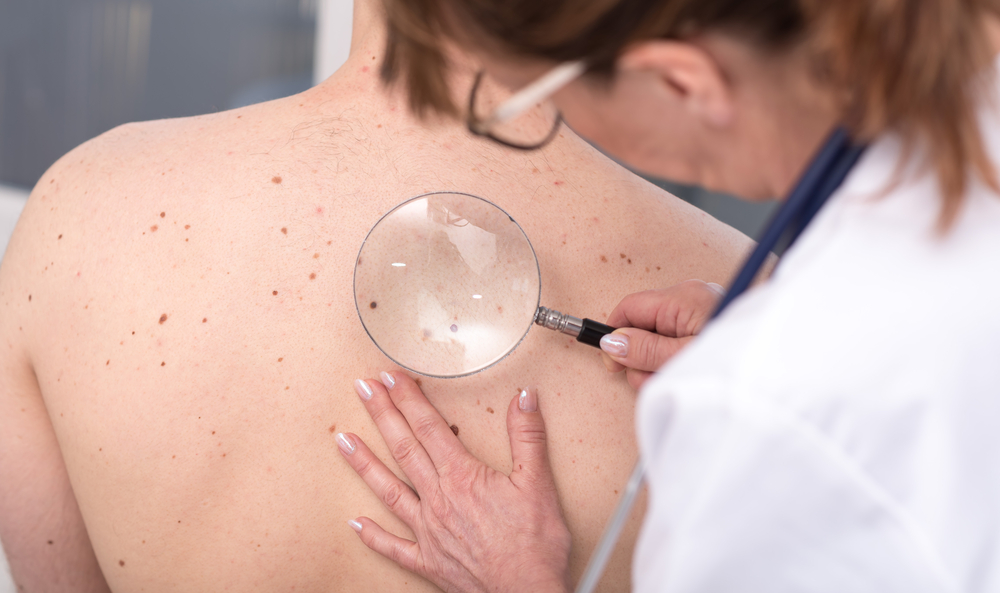By Lisa Rappaport
Source: www.medscape.com, August 2020
(Reuters Health) – Skin diseases are highly prevalent among adults aged 70 years and older, with 75.7% of people in this age range reporting at least one skin disease requiring treatment or follow-up, a study in Finland suggests.
Researchers examined data on 552 adults aged 70 to 93 years old who had a whole-body skin examination done by a dermatologist. Overall, 39.1% of the participants had three or more simultaneous skin diseases.
The most common conditions found by dermatologists included tinea pedis (48.6%), onychomycosis (29.9%), rosacea (25.6%), actinic keratosis (22.3%), and asteatotic eczema (20.8%).
“This research emphasizes the importance of whole-body skin evaluations in older patients, as skin diseases are common in this age group,” said lead study author Dr. Suvi-Paivikki Sinikumpu of the University Hospital of Oulu.
“A whole-body skin examination may reveal hidden skin symptoms and ensures timely diagnoses and appropriate treatment,” Dr. Sinikumpu said.
A total of 28 people (5%) in the study were diagnosed with basal cell carcinoma, while nine were diagnosed with Bowen’s disease, two were diagnosed with squamous cell carcinoma, and three were diagnosed with malignant melanoma.
Benign tumors were more common however, with 78.8% of the population having at least one seborrheic keratosis and 15.8% having at least 50. In addition, 69.5% had lentigo senilis, 63.2% had cherry angiomas, and 50.1% had melanocytic nevi. Indeed, 7.4% of the study group had more than 50 melanocytic nevi.
Researchers also identified sex differences in the skin findings.
Seborrheic dermatitis, nummular eczema, tinea pedis, onychomycosis, folliculitis, and actinic keratosis were more common in men. Asteatotic eczema, cherry angiomas, and lentigo senilis were more common in women.
Overall, 43.1% of the study group had at least one skin disease serious enough to require physician treatment and 32.6% had a dermatological finding curable by self-treatment, the authors note.
One limitation of the study is that the response rate was low: 1,239 people were invited to participate in the clinical exams for the study and only 552 people received the full-body skin examinations, the researchers point out in the Journal of the American Geriatrics Society.
Even so, the results underscore the importance of these full-body skin examinations for elderly individuals, the study team concludes.
In particular, the cumulative years of ultraviolet light exposure can increase the risk of melanoma and skin cancer, Dr. Sinikumpu said by email. And, skin also becomes drier and weaker with age, making people more prone to dermatitis, itching, and other skin conditions that may require treatment, Dr. Sinikumpu added.
SOURCE: https://bit.ly/2DMAf4m Journal of the American Geriatrics Society, online August 4, 2020.
Reuters Health Information © 2020
Cite this: Three in Four Adults 70 and Older Have at Least One Skin Disease – Medscape – Aug 14, 2020.

